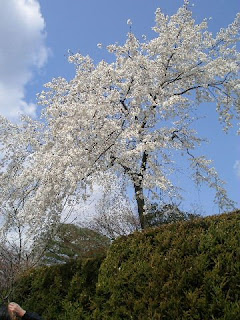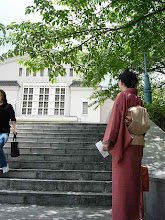
Sorry I haven't updated my blog for a long, long time!!

Here are the photos I took in the middle of October @Moss garden.
Now is a good time to see coloured leaves there, I'm sure. ;D

Since I've written about this temple, I've got the same question from a few people. It was 'how to apply Moss Garden from overseas.'
Here's the answer. :)
Send the following information to Saihoji Temple.
(Moss garden's real name is Saihoji Temple)
**You had better type it as it's hard for the Japanese to read English handwriting.
1. Your name & address
2. Number of people to visit the temple in total
3. The date you want to visit (You'd better write down 2 dates)
and
4. Envelop for reply with your name & address on it
They advise you to post the letter 2 months prior to your visit.
Address of Saihoji Temple is:
56 Jingaya cho, Matsuo
Nishikyo-ku, Kyoto
615-8286 Japan
Saiho-ji used to ask a person in a foreign country to enclose an international reply coupon with the information above, but I heard you cannot get it anymore.
If you cannot purchase it in your country, just forget about it. They will give you a permission anyway.
As I've written before, admission fee for Moss Garden is 3,000 yen per person. (33 USD @today's rate)
















































